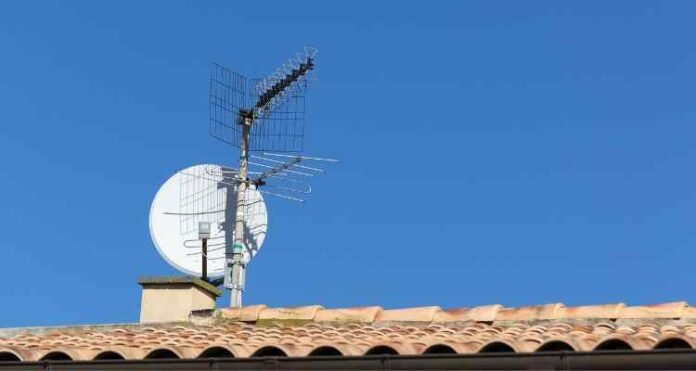Television reception has always been a tricky thing to deal with as a viewer. There are few things more frustrating than a fuzzy screen jamming in between you and your favorite show.
More commonly now, though, is a blue screen that says “no reception.” If you’re a person who uses an antenna, we’re here to help you troubleshoot the issues you’re having.
We’ll discuss antenna location today, giving you some insight on how you can fine-tune that setup to work as well as possible. Let’s get started:
Tv Antenna Location: What Works the Best
While most antennas need to be installed by a professional, there are numerous ways for you to receive television through an antenna. Some people might install them on their own, and others could be tip-toeing on a swivel chair with a roll of tinfoil attached to the receptors.
Whatever your situation, the principles of how an antenna works are the same; the device is receiving a signal from a singular point. The clearer the connection between your receptor and the source of the signal, the better the picture quality.
Know Your Tower Location
Get a feel for the radio towers and points of transmission in your areas. You might be able to do some digging online for this information, or you could call your provider to see where their towers are. The position of the tower should impact your tv antenna location.
Try to point your antenna directly at the tower.
If you’re stuck on that point, go out into your neighborhood and see where the rest of the antennas are pointing. This won’t always work because they could have different providers, but it’s a place to start.
Find the Right Provider for Your Location
If you call a provider at random, they’re unlikely to tell you that you won’t get great service if you buy television services from them. That said, some areas do not pair well with certain providers.
A little research into the service in your area should help you avoid getting awful service regardless of your antenna placement.
You can find out more about your area and pinpoint which regions get better service than others. You might be disappointed to find that service is generally bad where you live, but at least you won’t waste any time putzing around on your roof if you don’t have to.
Remove Obstructions
Again, the clearest connection between the transmission and your antenna will give the clearest signal. That means you should remove anything that’s standing in that path.
You should try and get your antenna to as high a point as possible. Additionally, consider large buildings or structures that interfere with your signal. It could be that there’s a different provider with towers that are farther but have clearer contact with your home.
Need More Help with Antenna Location?
Figuring out the best antenna location can be a life-saver. It can also be very frustrating.
We’re here to help you troubleshoot more issues that you might have with your service. Explore our site for more information that could bring a clearer picture to your screen.


